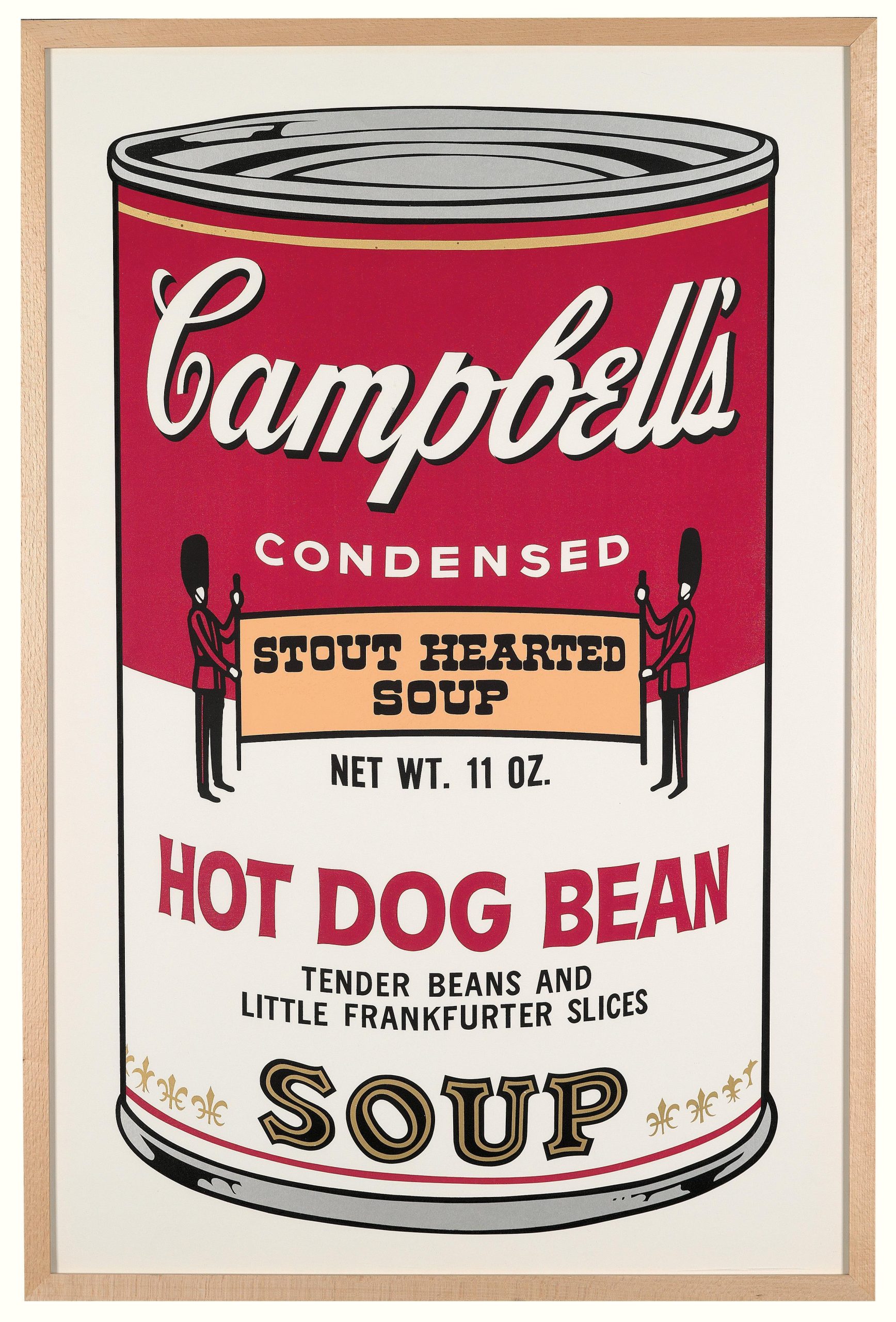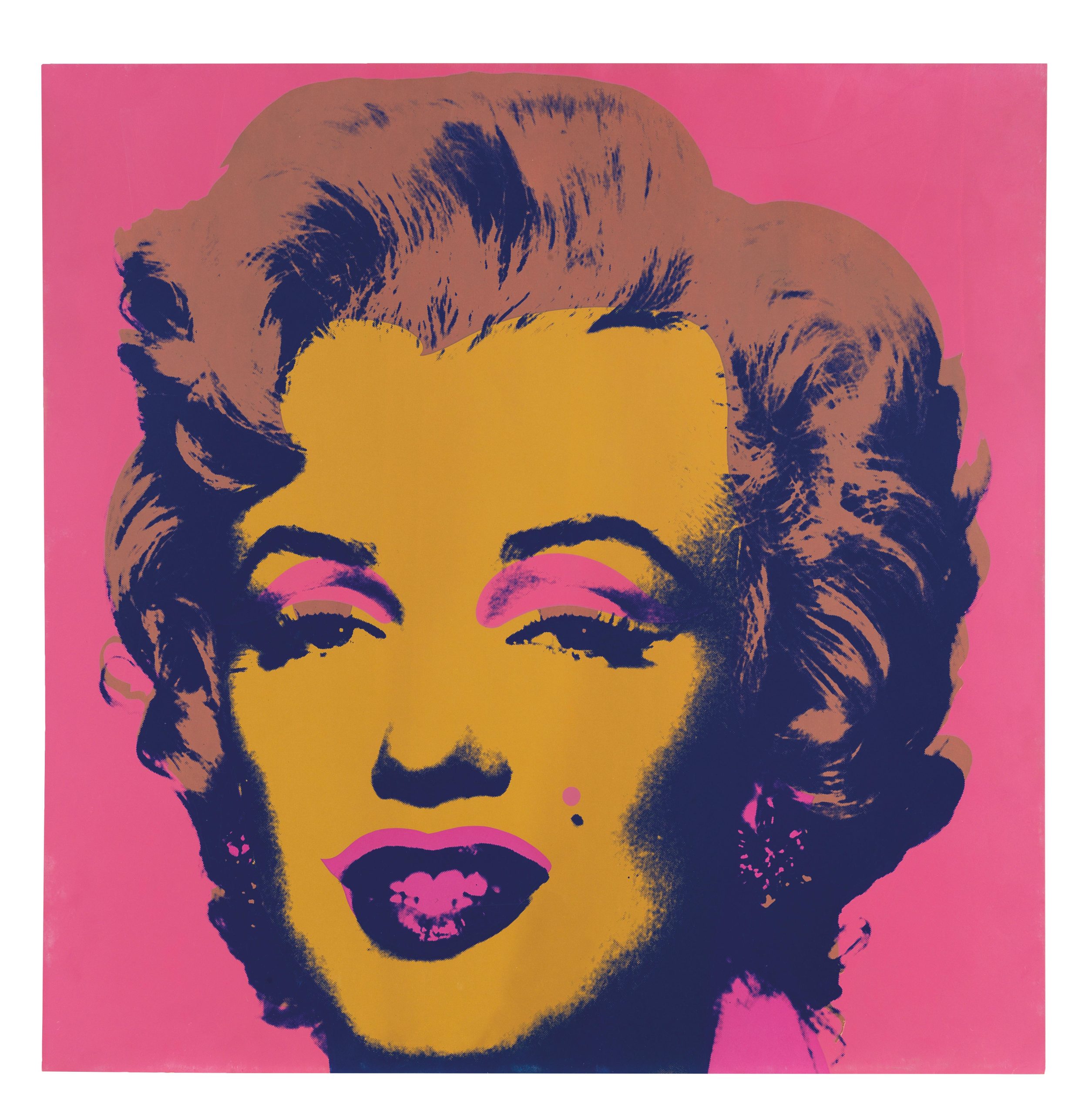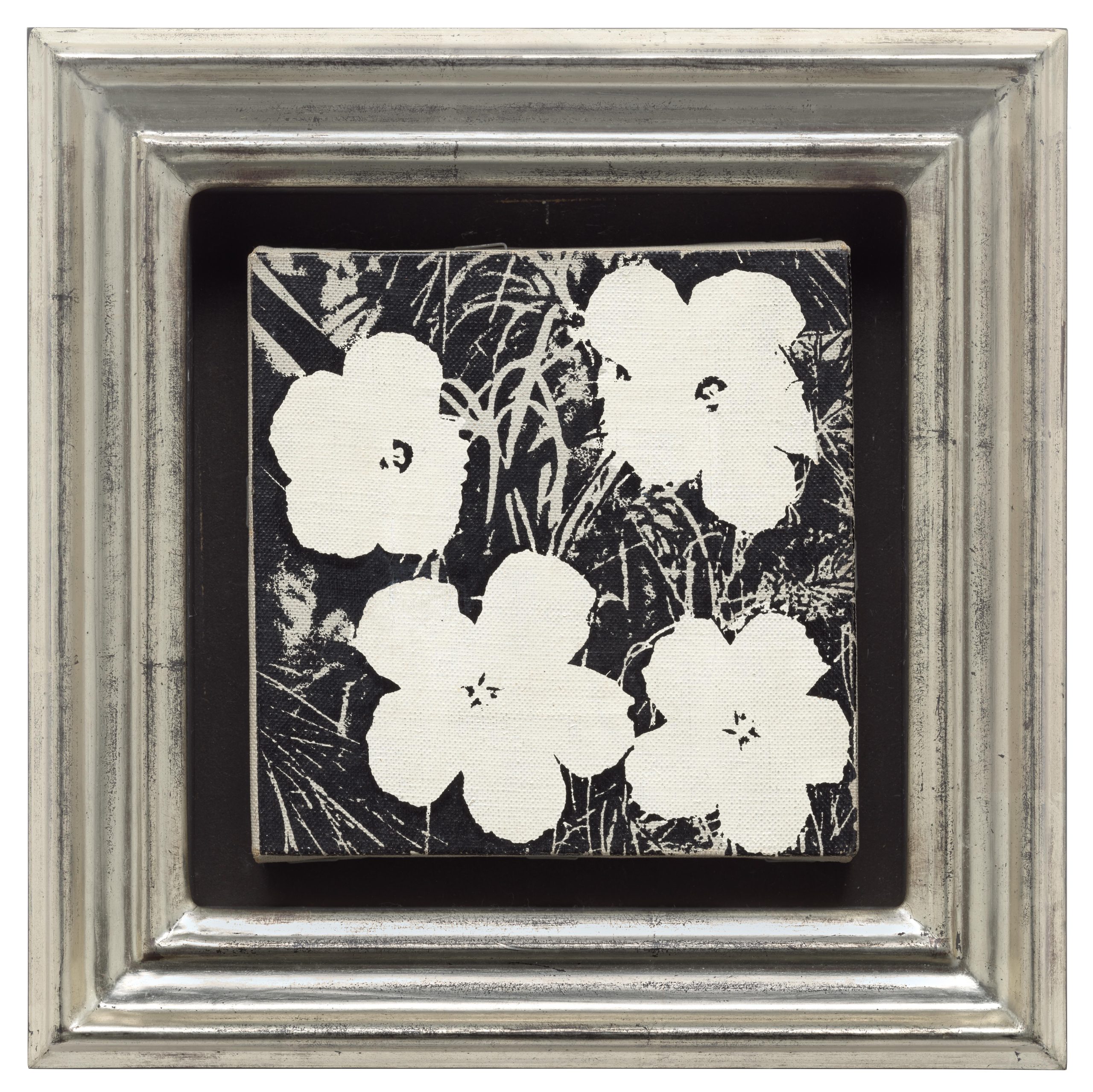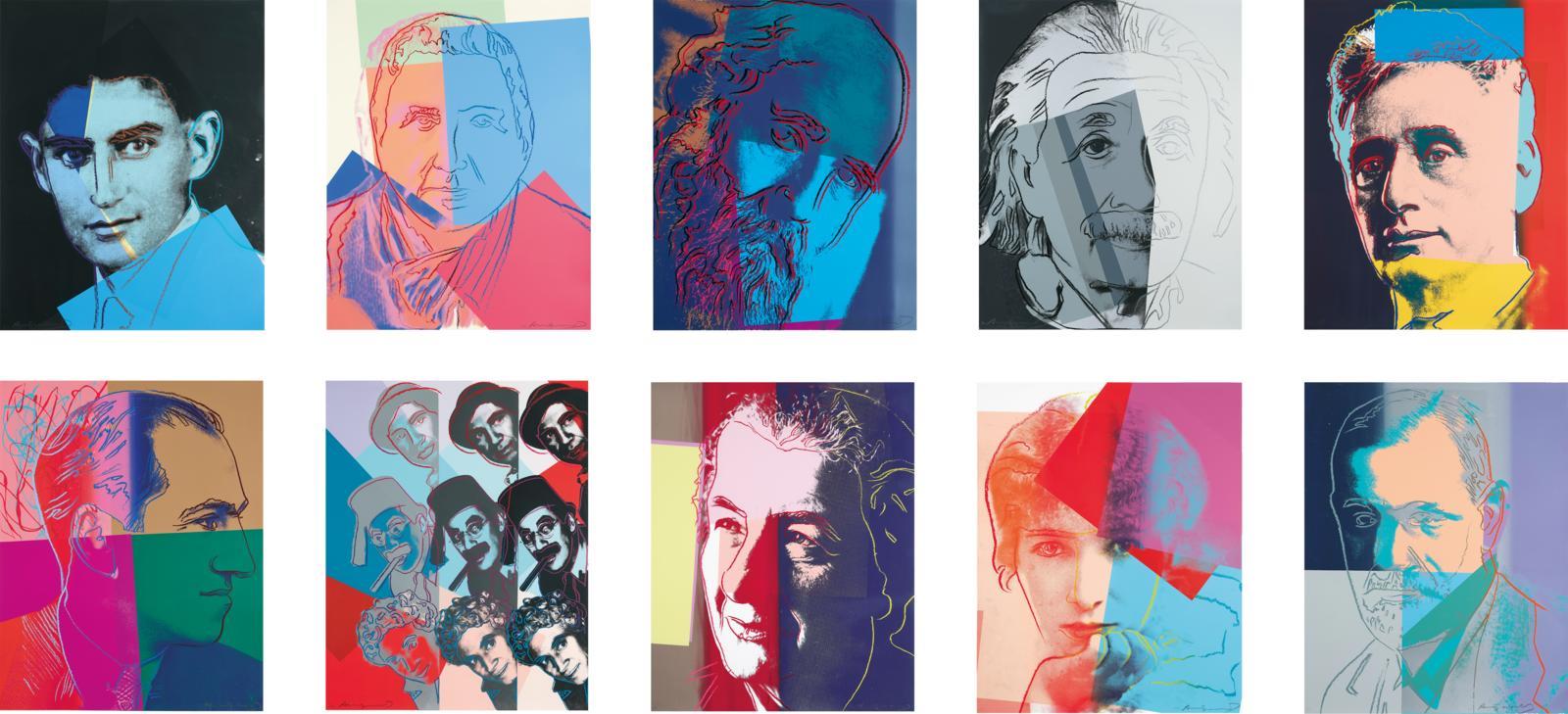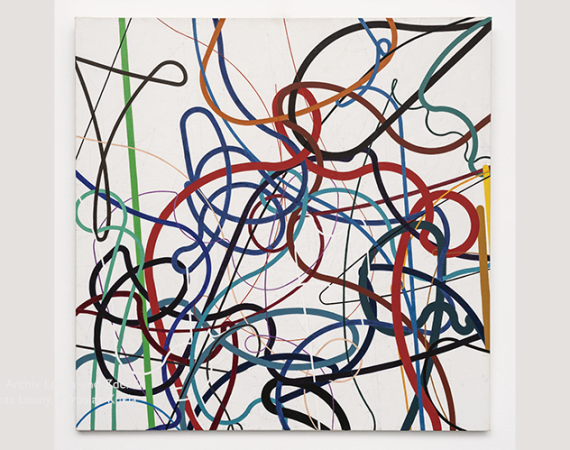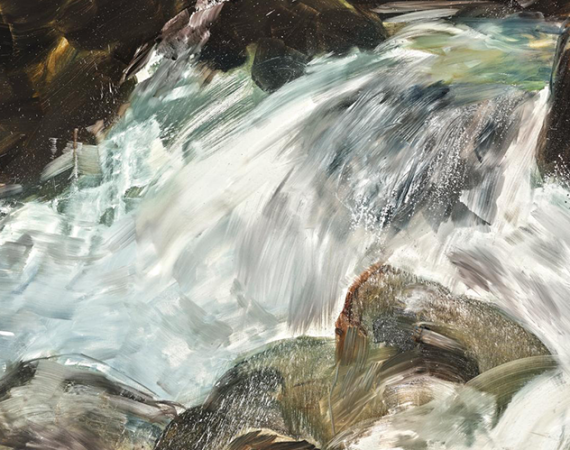The Man Who Changed Art
Andy Warhol, an iconic figure of the 20th century, reshaped contemporary art with his unique vision. His transformation from capturing icons to becoming one himself illustrates a profound shift in how art and culture intertwine.
Early Life and Influences: From Pittsburgh to Pop Art
Born in 1928 in Pittsburgh to working-class parents, Andy Warhol’s early experiences with pop culture deeply influenced his later work. His fascination with celebrity magazines and comics from a young age laid the foundation for his artistic vision. Studying commercial art at the Carnegie Institute of Technology further fueled his interest in integrating commercial and everyday elements into his work.
Pop Art: Celebrating and Critiquing Mass Culture

Emerging in the 1950s as a response to conventional art forms, Pop Art embraced and critiqued post-war consumer culture. Artists such as Warhol, Roy Lichtenstein and James Rosenquist were inspired by advertising and comics, bringing everyday consumer items into art and challenging the elitist norms of the art world. Richard Hamilton described Pop Art as “popular, transient, expendable, low-cost, mass-produced”.
Warhol’s Philosophy: Art in the Everyday
Warhol’s revolutionary view on art was encapsulated in his famous quote: “In the future, everyone will be world-famous for 15 minutes.” This statement reflects his perspective on fame and media saturation. By depicting everyday objects and celebrities, Warhol blurred the lines between fine art and commercial products. His approach democratised art, making it accessible to a broader audience and challenging traditional notions of artistic subject matter.
The Factory: Mass Production
Warhol’s move to New York City and the establishment of The Factory marked a turning point in his career. The Factory wasn’t just a studio; it was a cultural center attracting artists, musicians, and celebrities. It was here that Warhol’s innovative techniques and collaborative spirit flourished, producing some of his most iconic works.
Iconic Works: Warhol’s Masterpieces
Campbell’s Soup Cans
Warhol’s Campbell’s Soup Cans series is one of his most renowned works. Each can, hand-painted to mimic mass production, critiques consumer culture. By choosing this mundane object, Warhol highlighted the intersection of art and commerce, challenging traditional artistic themes.
Marilyn Monroe Portraits
The portraits of Marilyn Monroe, with their vibrant colors and repetitive imagery, explore themes of fame and media saturation. Created shortly after Monroe’s death, these works reflect Warhol’s fascination with fleeting celebrity and the dehumanizing effects of mass production.
Flower Series
Warhol’s Flower series combines simple floral motifs with the mechanics of mass production. These works illustrate Warhol’s ability to find deeper meanings in the everyday and reflect his interest in the transient nature of nature compared to the enduring nature of art.
Techniques and Practice: Warhol’s Artistic Revolution
Warhol’s use of silkscreen printing revolutionized art production, by introducing reproducibility and mass production into fine art. This technique, originally developed for commercial prints, became a symbol of Warhol’s artistic philosophy and a method to reflect and critique mass culture and consumer society. Along with his collaborative approach at The Factory he contributed to the dynamic and multifaceted nature of his art. Warhol’s methods challenged the idea of art as a unique, handcrafted object and emphasized its accessibility and commercial potential.
Becoming an Icon: Warhol’s Self-Creation
Warhol’s art and person were woven together in a continuous performance, dissolving the boundaries between artist and artwork. His self-portraits, featuring various personas and disguises, cemented his status as a cultural icon and reflected his complex relationship with fame and identity.
Art and Commerce: Warhol’s Enduring Legacy
Andy Warhol’s legacy still shapes discussions about art’s role in modern society. Today, the Pop Art master’s works remain a central part of collections and auctions and continue to achieve record prices, such as the outstanding 1.09 million euros bid for a series of silkscreen portraits from 1980 at Dorotheum’s spring 2024 auction. His influence extends beyond aesthetics; it highlights how art can engage with and comment on the commercial and cultural landscape.


